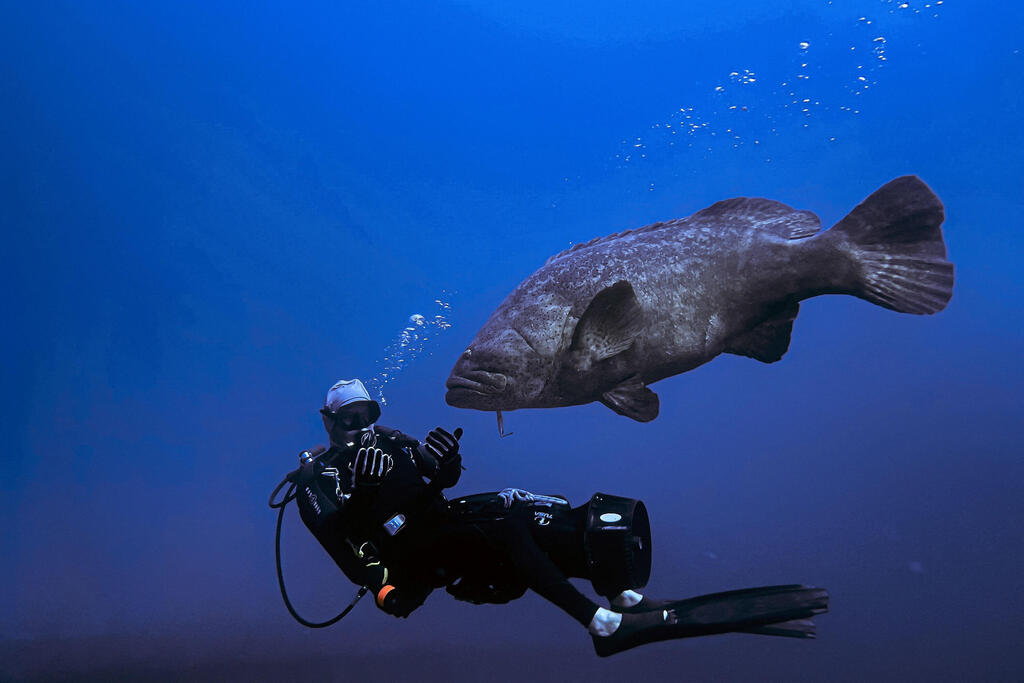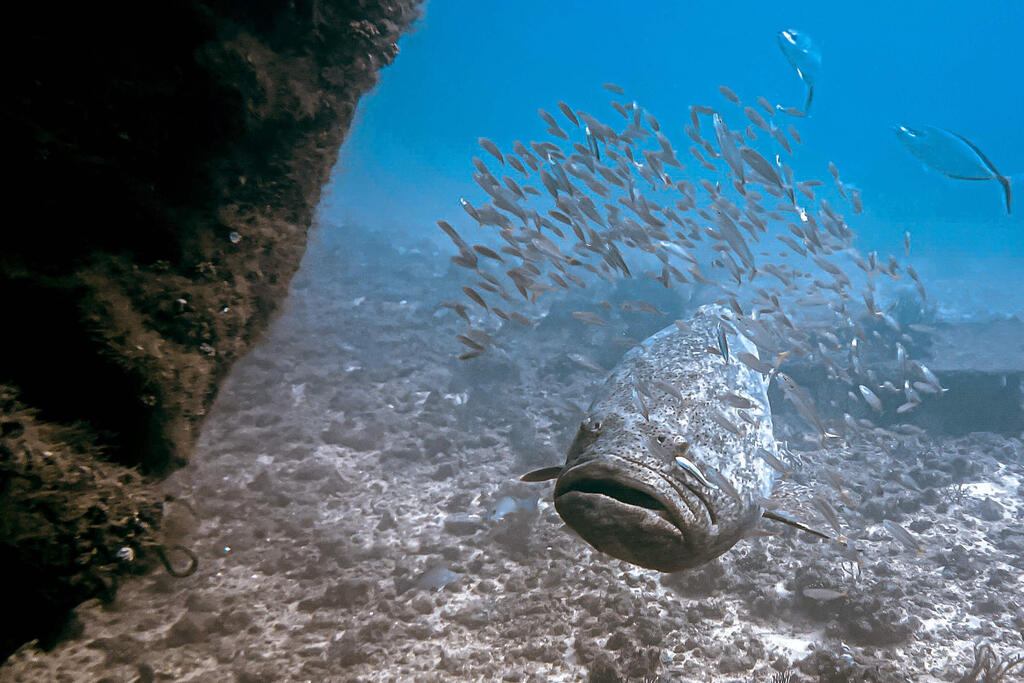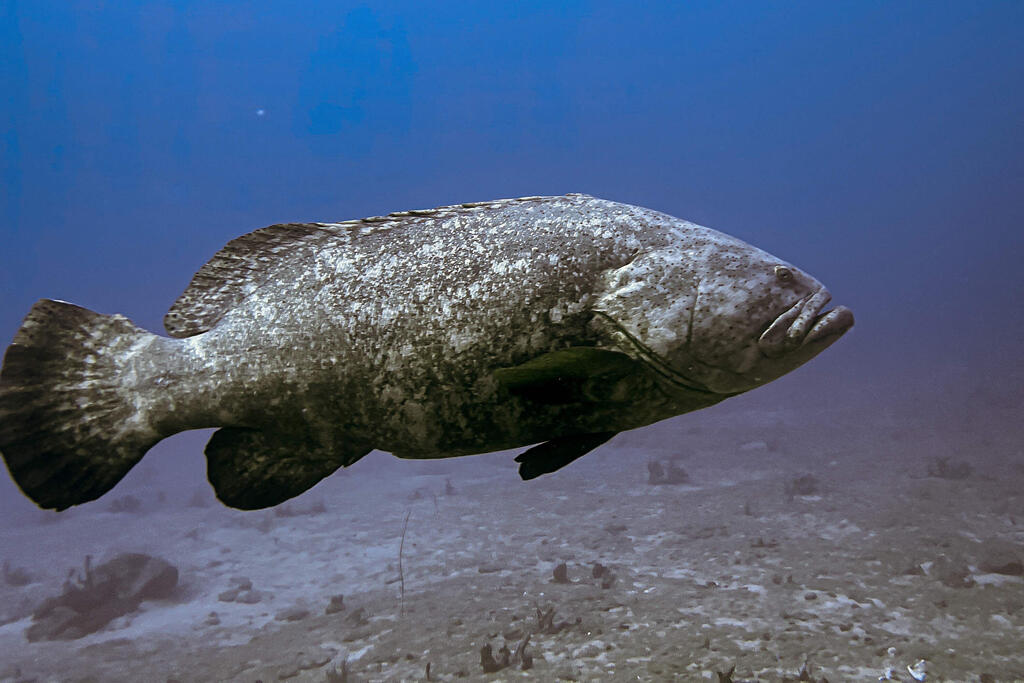Getting your Trinity Audio player ready...
The Atlantic goliath grouper, a huge species of fish from the Serranidae family, which can reach a weight of 360 kg, is an attraction for divers in Florida. But it is possible that this huge fish will soon disappear from the state's coast. Scientists have warned that the number of fish of this species has decreased since their fishing permit was renewed.
More stories:
"There is nowhere else you can have an experience with a fish that big while you're diving - and being this close to it," said Dr. James Locascio, a marine biologist at the Mote Marine Laboratory, in an interview with Agence France-Presse. "And so, really, we feel that the fish is worth a lot more alive than it is dead."
The fish is an attraction. During a dive earlier this month off the coast of Boynton Beach, north of Miami, divers were amazed by these giant fish, which can reach up to 2.4 meters in length.
Researchers say these creatures may look nervous, but some actually let divers touch them. "We were totally amazed about the number of groupers that show up to the Boynton Beach area," diver Ben Galemmo told AFP. However, he added that "from talking with the locals, (the population) has actually gone down in numbers" in recent years.
The new study confirmed what local residents felt. "The diving industry has reported that they are seeing fewer and fewer of these fish," said Locascio, the marine biologist. In the region, they fear that their disappearance or a sharp decrease in the number of Atlantic goliath groupers will also harm local tourism, as many divers come to the shores of South Florida to see the big fish.
Overfishing left the species close to extinction in the 1980s, but conservation efforts saved it. Since then it has been forbidden to fish for the Atlantic goliath grouper. But during the last year authorities in Florida believed that the population had sufficiently recovered, and therefore allowed the capture and killing of 200 of the fish of this species each year off the coast of the state.
But researchers explain that these fish have a hard time recovering, due to their slow growth, it takes a relatively long time for the fish to reproduce. In fact, the fish can live up to 30 years. The big fish is now defined as a vulnerable species. Now the marine biologists hope that the situation will change and actions will be taken to preserve the giant fish. The giant fish also lives in the waters of the Gulf of Mexico, in the Caribbean and off the coast of Brazil.




